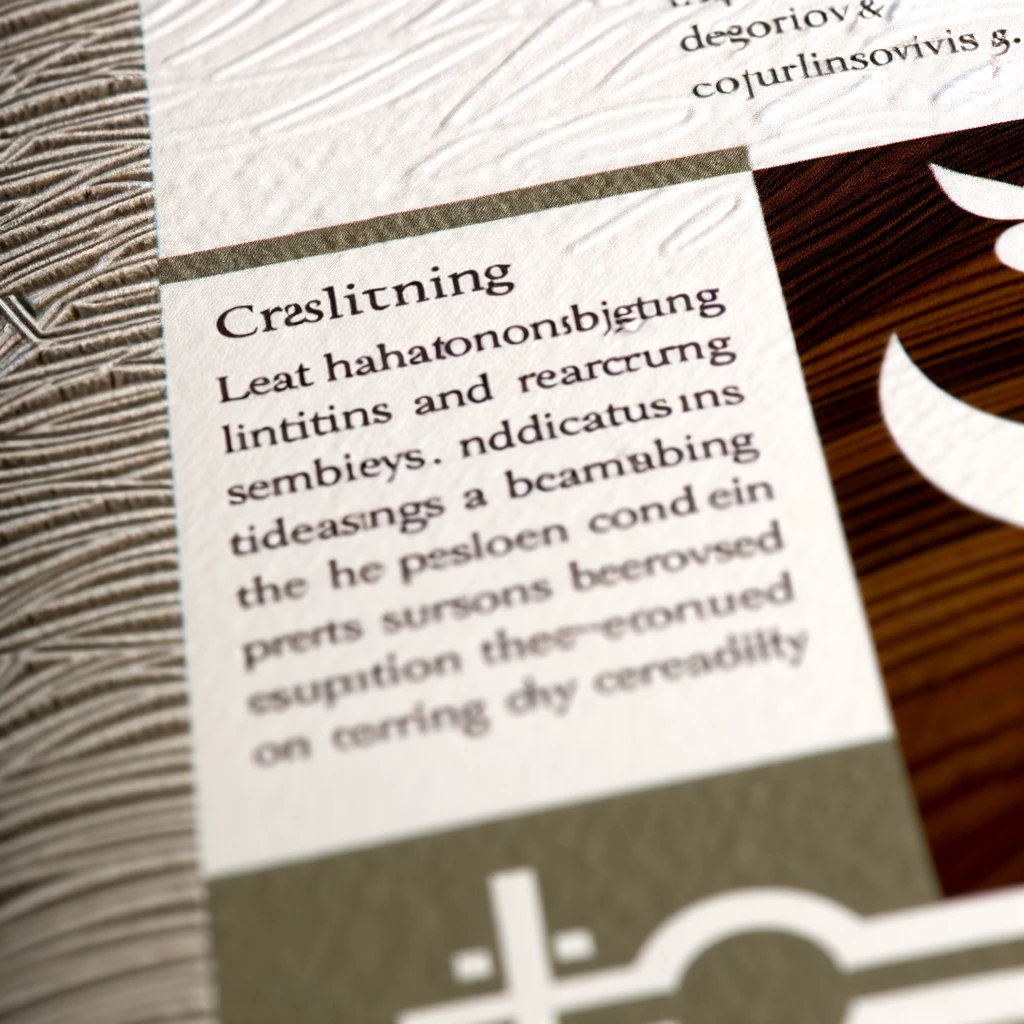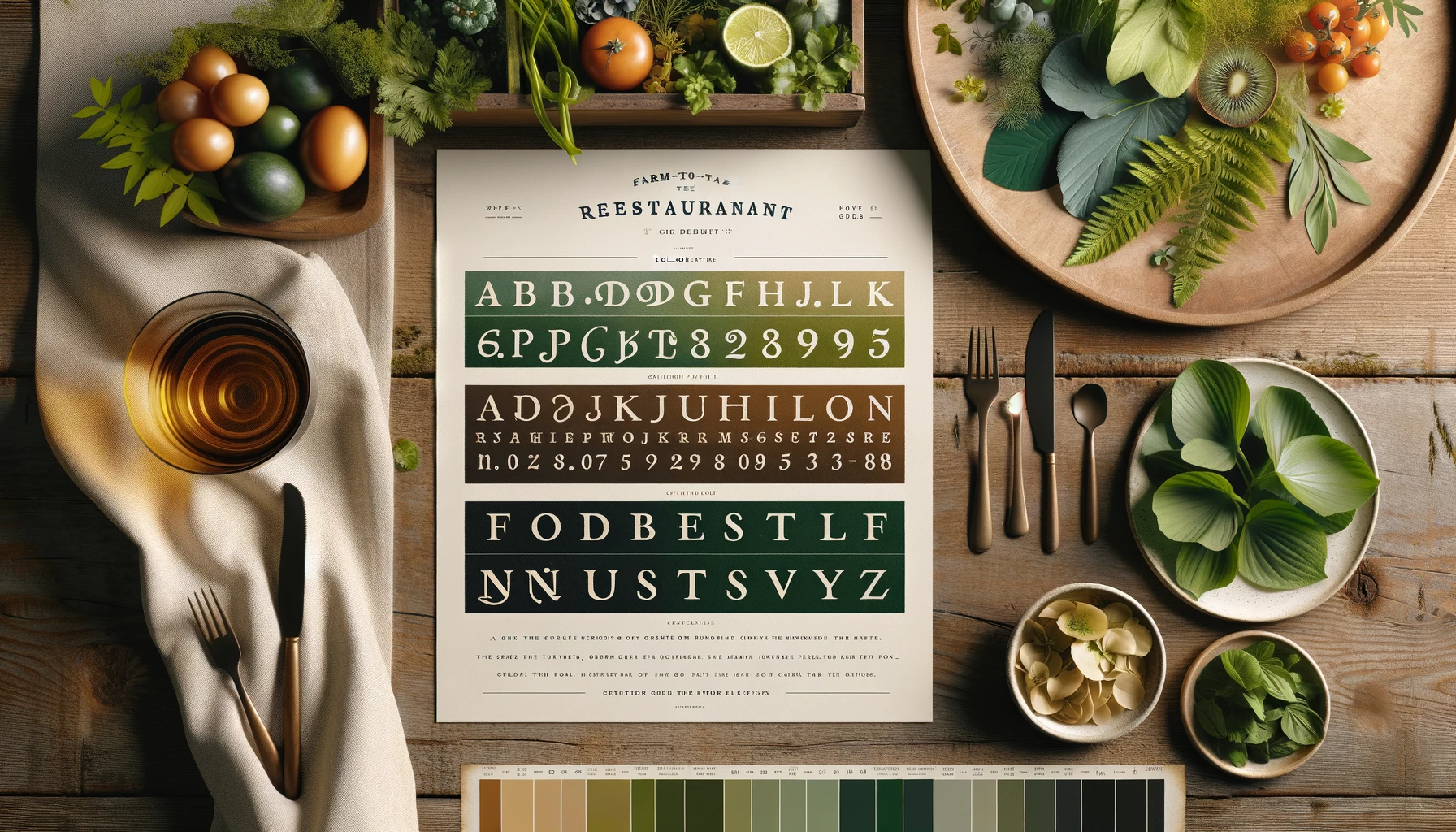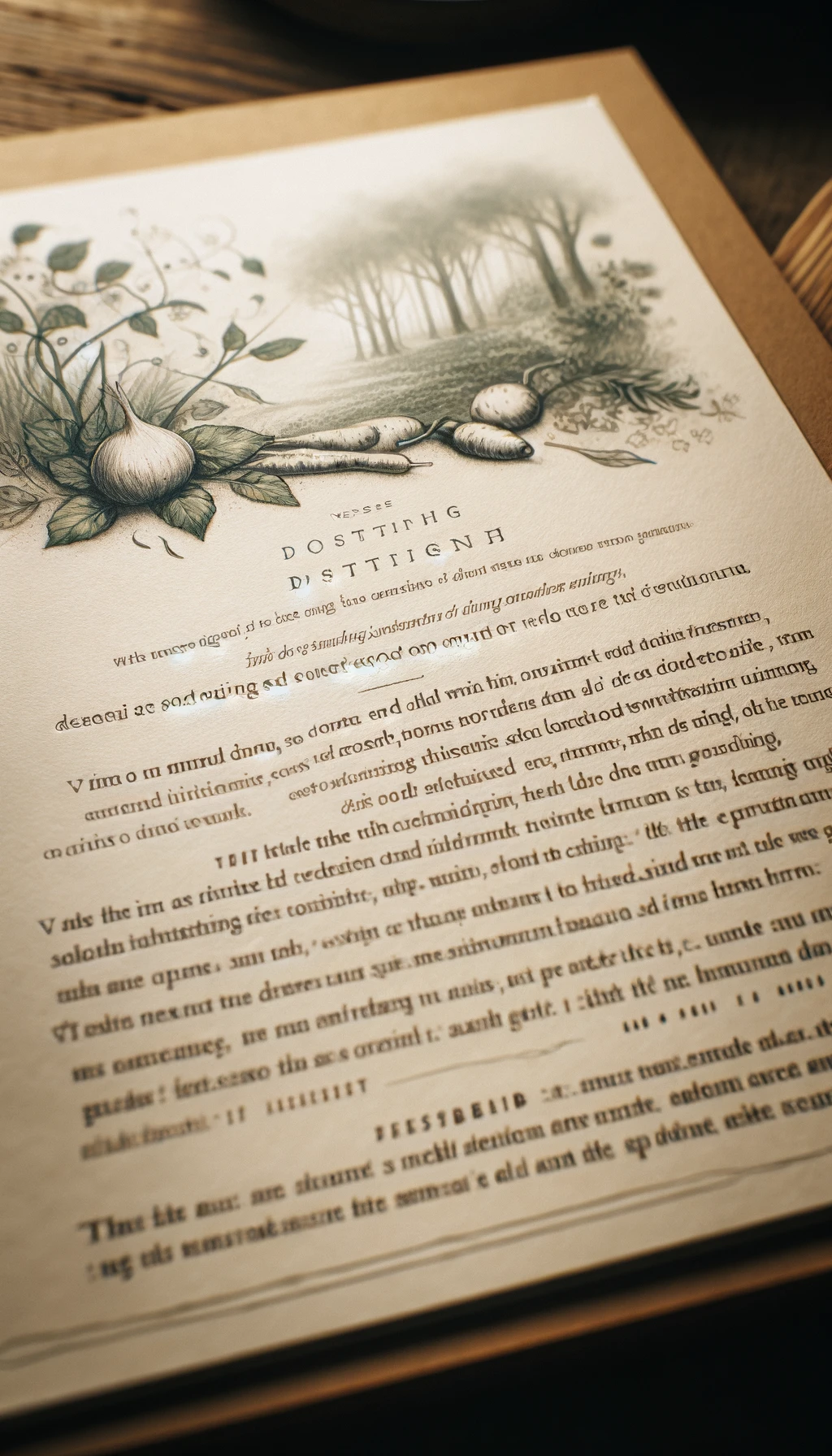Exploring the Beauty of Textured Paper: A Guide to Its Types, Uses, and Benefits
Textured paper: a canvas that speaks through touch, whispers through sight, and paints a story with every stroke. Its allure lies not just in its visual appeal but in the tactile experience it offers. From the gentle ripples of laid paper to the intricate patterns of embossed textures, textured paper adds depth and character to any project it graces.
More Than Just Paper
Imagine running your fingers across a surface that tells a story of craftsmanship and attention to detail. Textured paper invites exploration, beckoning you to feel its nuances and appreciate its unique qualities. It's more than just a substrate for ink; it's a medium that becomes an integral part of the artistic process.
But textured paper isn't just for artists; its versatility transcends creative boundaries. From elegant wedding invitations to luxurious packaging designs, textured paper finds its way into various industries, adding a touch of sophistication and charm to every application.
In this blog post, we embark on a journey to explore the beauty and versatility of textured paper. We'll delve into its different types, examine its myriad uses, and uncover the benefits that make it a beloved choice for artists, designers, and enthusiasts alike. So, let's venture forth and discover the enchanting world of textured paper.
Understanding Textured Paper:
Textured paper is a tactile delight, offering a sensory experience that goes beyond mere visual aesthetics. Its unique surface characteristics are achieved through various techniques during the papermaking process or through additional treatments post-production. Here's a closer look at some of the most common types of textured paper and how they're created...
Laid Paper: Laid paper is distinguished by its subtle grid pattern, created by wires woven into the papermaking mold. This grid imparts a gentle texture reminiscent of handmade paper, adding a touch of elegance to any project
2. Linen Paper: Linen paper mimics the look and feel of linen fabric, featuring a crosshatch pattern that creates a sense of depth and dimension. This texture adds sophistication to printed materials, making it a popular choice for business stationery and formal invitations.
3.Felt Paper: Felt paper has a slightly rough and fibrous texture, providing a tactile quality to the paper. This texture can vary in intensity, ranging from subtle to more pronounced, depending on the manufacturing process and the specific type of felt paper. This makes felt paper a popular choice for various applications such as invitations, greeting cards, stationery, menus ,and art prints.
4. Vellum Bristol: Known for it's slightly rougher texture allowing for a thicker sheet compared to smoother grades at the same relative weight. Perfect for all cardstock needs (posters, menus, invitations, postcards, etc.)
How It's Used
Applications of Textured Paper:
Textured paper finds a multitude of applications across various industries, thanks to its aesthetic appeal and tactile allure. Here are some of the primary ways in which textured paper is utilized...

Artistic Endeavors:
Drawing and Sketching: Textured paper provides artists with a versatile surface for drawing and sketching, offering tactile feedback that enhances the creative process. The tooth of the paper grips drawing materials such as charcoal, pastels, and pencils, allowing for rich, expressive marks.
Painting: Whether using watercolors, acrylics, or oils, artists appreciate the way textured paper interacts with paint, creating unique visual effects and enhancing the depth of their compositions. The surface texture adds dimension to brushstrokes and lends character to painted surfaces.
Mixed Media: Textured paper serves as a foundational element in mixed media artwork, providing a sturdy substrate for layering various materials, including collage elements, textures, and embellishments. Its versatility allows artists to experiment and push the boundaries of their creativity.

Printing and Stationery:
Invitations: Textured paper adds a touch of elegance to wedding invitations, party invitations, and other special event stationery. The tactile sensation of the paper conveys a sense of luxury and sophistication, setting the tone for the occasion.
Business Cards: In the world of business, textured paper can make a memorable impression on potential clients and partners. Business cards printed on textured paper stand out from the crowd, conveying professionalism and attention to detail.
Greeting Cards and Note Cards: Whether sending heartfelt sentiments or expressing gratitude, greeting cards and note cards printed on textured paper add a personal touch to correspondence. The texture enhances the tactile experience for recipients, making the message even more memorable.

Design and Packaging:
Packaging Design: Textured paper is prized for its ability to elevate product packaging, adding visual interest and tactile appeal. From luxury goods to artisanal products, textured paper packaging conveys quality and refinement, enticing consumers and enhancing brand perception.
Product Labels: Brands leverage textured paper for product labels to create a tactile connection with consumers. The texture communicates attention to detail and craftsmanship, reinforcing the brand's identity and values.
Marketing Materials: From brochures to catalogs, textured paper enhances the impact of marketing materials, capturing attention and engaging the senses. Its tactile quality invites interaction, leaving a lasting impression on potential customers.

In these diverse applications, textured paper serves as more than just a surface for printed content; it becomes an integral part of the overall aesthetic, conveying a sense of quality, creativity, and sophistication. Its versatility allows for endless possibilities in artistic expression, design, and communication.

Want to Keep Reading?
Check out our previous Blogs!

Navigating the Future of Printing in an Increasingly Digital World: A How-To for Businesses

Expert Roundup: “The Best Paper for Every Office Need”

Top 10 Reasons Why Traditional Wholesale Paper Distributors & Big-Box Stores Aren’t a Good Solution

Head to Head: Springhill Paper vs. Hammermill Paper

How to Enhance Office Communication by Balancing Digital and Paper-Based Methods
